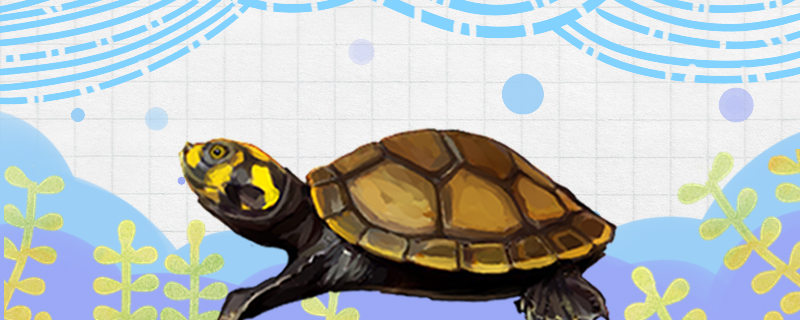
The side-necked turtle can be raised artificially, relatively speaking, they are a kind of relatively good breeding species. In the process of breeding, they are not easy to die, and the difficulty of breeding is low. However, if we want to make their growth and development in good condition, we need to pay attention to more problems. For example, water temperature needs to be kept in a higher range, so that their appetite can be more vigorous and their development state can be good. In addition, because the lateral neck turtle is relatively more susceptible to illness in the juvenile stage, attention should be paid to maintenance at this time to ensure that the environment is in a suitable state.
1. Space: The side-necked turtle is a semi-aquatic animal and is a better turtle to raise. Because they are large and like to sun their backs, the container space should be large enough, and there should be a balcony for them to bask in the sun and rest. Around the drying table, you can also plant some different green plants to create a good natural environment.
2. Feeding: When raising side-necked turtles, pay attention to the reasonable selection of food types when feeding them. The juvenile period of this turtle is omnivorous, the main food is mollusks, insects and aquatic plants. To the adult tortoise period, they are mainly plant food, aquatic plants such as water hyacinth, water grass and so on; In addition, vegetables, melons and fruits are also their favorite foods.
3. Water quality: Good water quality is a necessary condition for breeding side-necked turtles. Need to change water on time to keep the water quality clean, it is recommended to change water once a week to two weeks, the amount of water change does not exceed one third of the total amount of water. After feeding, if food residues are found in the tank, they should be cleaned up in time to avoid polluting the water quality.
4. Water temperature: It is very important to adjust the suitable water temperature for the side-necked turtles. The water temperature will affect their appetite, and then affect their growth rate. It is best to maintain the water temperature at about 28 degrees, because this turtle does not need to hibernate, the water temperature can not be lower than 15 degrees, when the temperature is low, it should be heated with a heating rod in time to ensure that the temperature is appropriate.